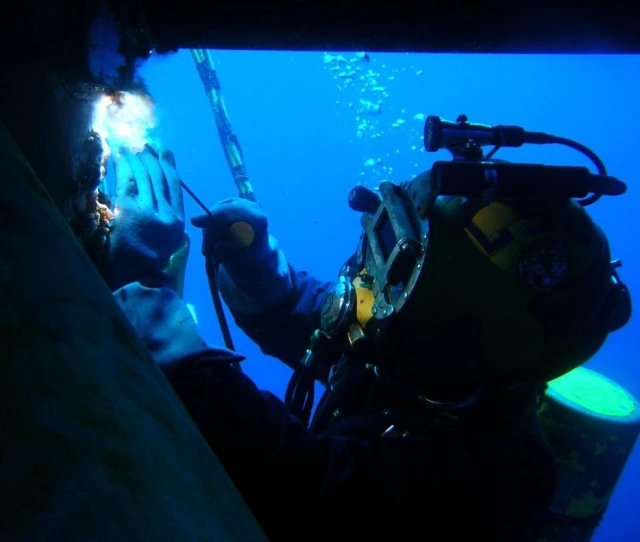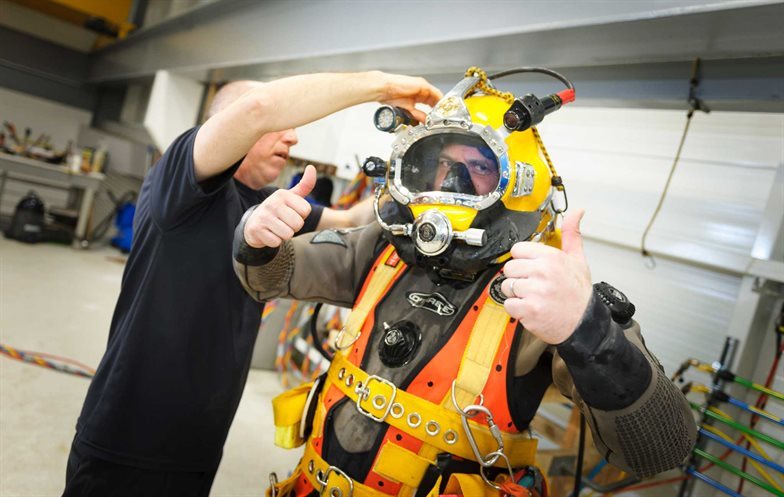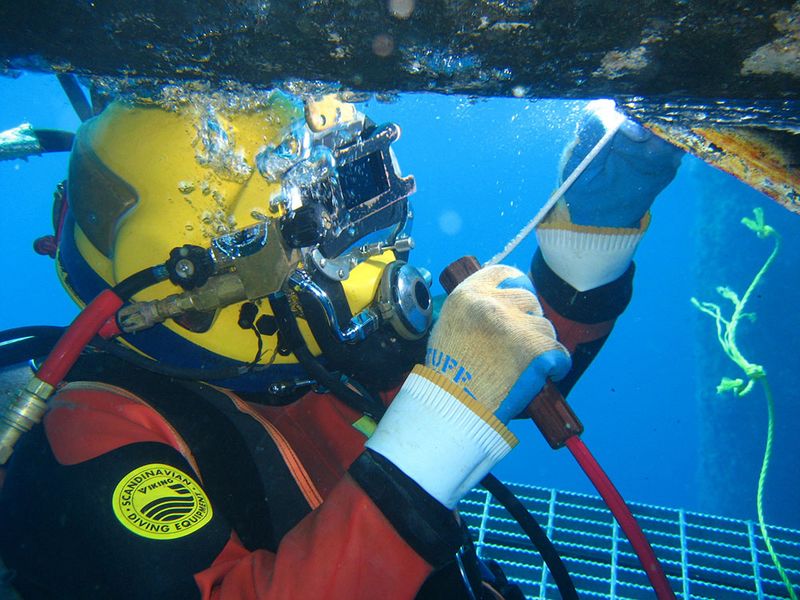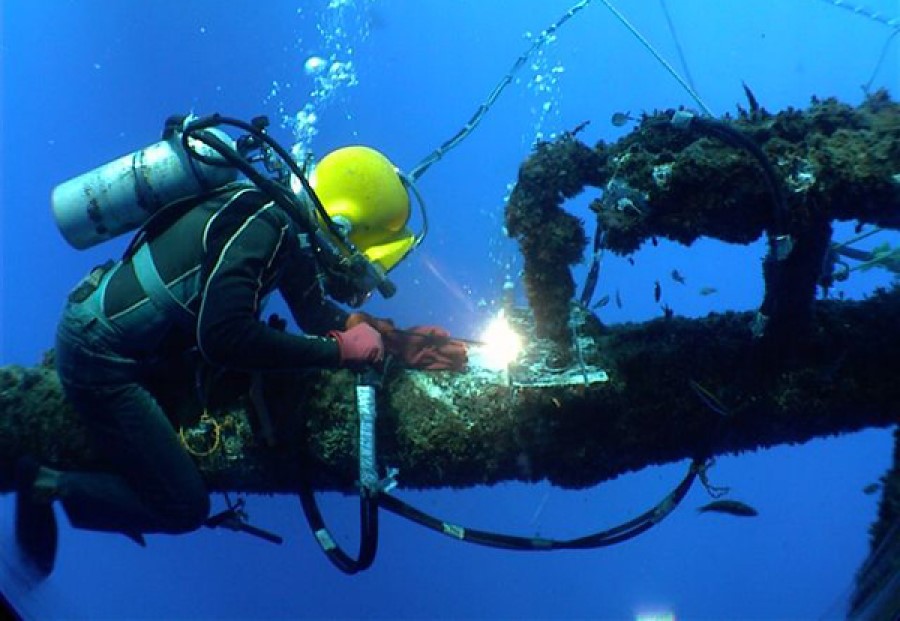Welding underwater is an excellent way to repair or replace a structure underwater. By using MIG welding, you can avoid the need to remove the structure and replace it, saving you time and money. However, this is a risky job and requires professional welders to participate. That’s why many people appreciate this profession as well as the salary of the workers. If you want to know more about MIG welding underwater, weldfaq is ready to start!
About MIG welding underwater
MIG welding underwater is not a common practice and is generally not recommended due to the high risk of electrocution. Welding produces a large number of sparks and metal splatter, which can conduct electricity in the presence of water. Additionally, the electric arc used in MIG welding produces a large amount of heat, which can pose a hazard to the welder and cause damage to the surrounding area.
If welding must be performed underwater, it is generally recommended to use specialized underwater welding equipment that is designed for this type of work. Additionally, it is important to follow all necessary safety procedures, such as obtaining proper training, wearing protective gear, and following all relevant regulations and standards.

What do you need to know before welding underwater?
Welding underwater poses a high risk of electrocution, and it is important to take all necessary precautions to ensure the safety of the welder and others in the area. This includes obtaining proper training, wearing protective gear, and following all relevant regulations and standards.
This job requires specialized equipment, such as underwater welding machines, that are designed for this type of work. It is important to make sure that the equipment is in good working condition and is properly maintained.
Welding underwater is different from welding on land and requires a different technique. It is important to understand the specific techniques required for underwater welding and to obtain proper training in these techniques.
In addition, underwater welding can have an impact on the surrounding environment, including the water and any marine life in the area. It is important to understand the potential impact of welding and to take any necessary precautions to minimize this impact.
As a dangerous job, underwater welding is subject to various regulations, including those related to safety, environmental protection, and the use of specialized equipment. It is important to familiarize yourself with these regulations and to follow them strictly.

Advantages and disadvantages of MIG welding underwater
Advantages of MIG welding underwater:
- MIG welding underwater is a fast welding process that can be used to repair or fabricate structures quickly.
- MIG welding underwater can be used on a variety of materials, including steel, aluminum, and stainless steel, making it a versatile welding process for underwater applications.
- MIG welding equipment can be easily transported to the underwater location, making it a convenient welding process for on-site repair and fabrication.
- MIG welding underwater can provide a precise weld, with consistent weld quality and appearance.
Disadvantages of MIG welding underwater:
- Welding underwater poses a high risk of electrocution, and it is important to take all necessary precautions to ensure the safety of the welder and others in the area.
- MIG welding underwater requires specialized equipment and training, which can be expensive.
- Welding underwater can have an impact on the surrounding environment, including the water and any marine life in the area. It is important to understand the potential impact of welding and to take any necessary precautions to minimize this impact.
- MIG welding underwater requires a specialized technique and knowledge of the underwater environment, making it a complex welding process that requires proper training and experience.

What applications does MIG welding underwater have?
One of the main applications of MIG welding underwater is the repair of ships and boats, where a damaged hull or other component needs to be repaired while the ship is in the water. In these situations, MIG welding can be used to repair the damage quickly and effectively.
Another application of MIG welding underwater is pipeline repair, where a damaged pipeline can be repaired while it is still in use. This is particularly useful in the oil and gas industry, where pipelines are critical to the production and transportation of oil and gas.
In addition, MIG welding is also used in the repair of offshore structures, such as oil platforms and wind turbines, where the structure is located in a marine environment.
Frequently asked questions (Weld FAQ)
What type of materials can be MIG welded underwater?
MIG welding underwater can be used on a variety of materials, including steel, aluminum, and stainless steel. However, the specific materials used will depend on the requirements of the specific underwater welding application.
What is the impact of MIG welding underwater on the environment?
MIG welding underwater can have an impact on the surrounding environment, including the water and any marine life in the area. It is important to understand the potential impact of welding and to take any necessary precautions to minimize this impact.
What is the cost of MIG welding underwater compared to other welding processes?
MIG welding underwater requires specialized equipment and training, which can be expensive. However, the cost of MIG welding underwater will depend on the specific requirements of the welding application and the equipment and training required.
Winding Up
Overall, MIG welding underwater is a specialized technique that requires proper training, equipment, and safety precautions. It is important to approach this type of work with caution and to follow all necessary safety procedures and regulations to ensure the safety of the welder and the surrounding environment.

